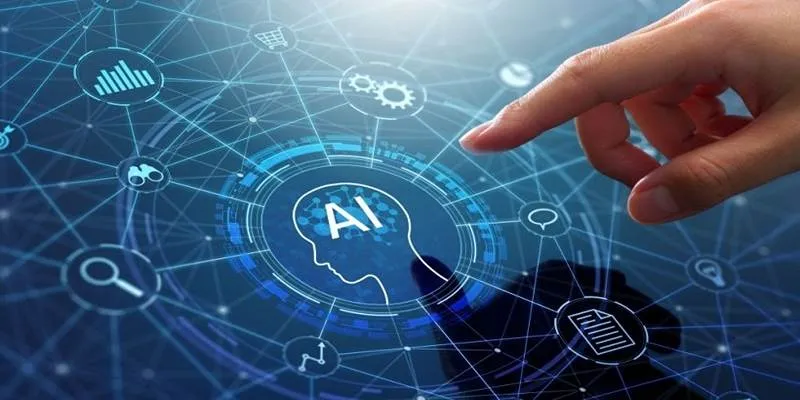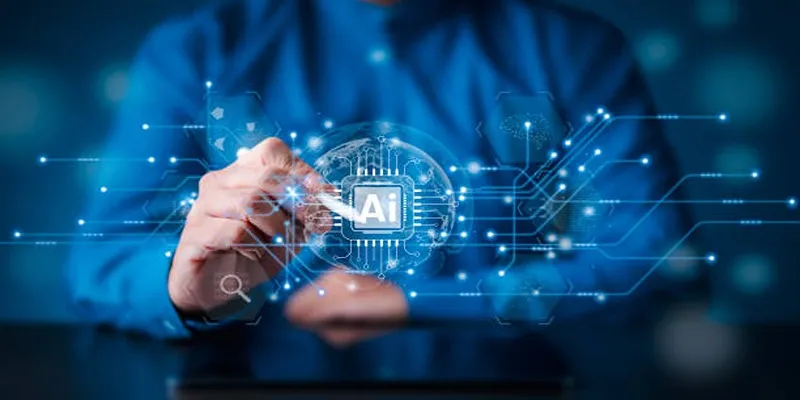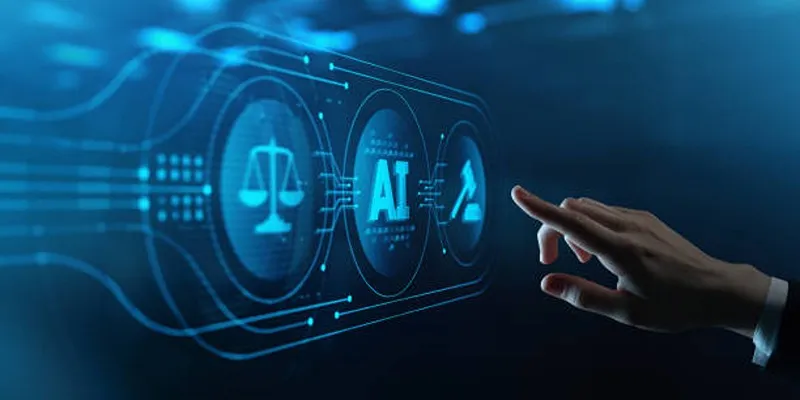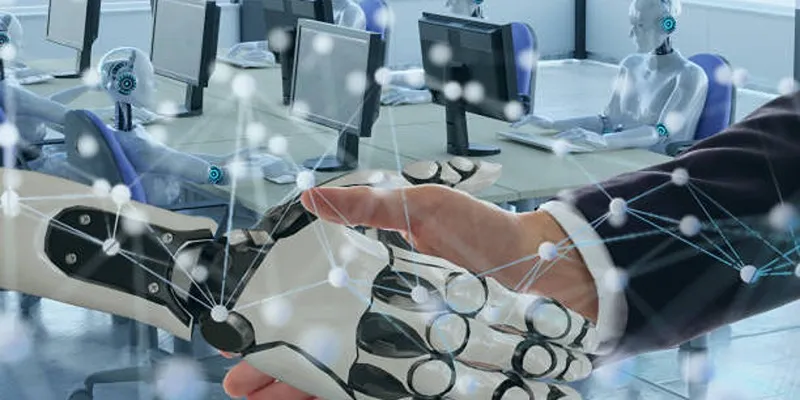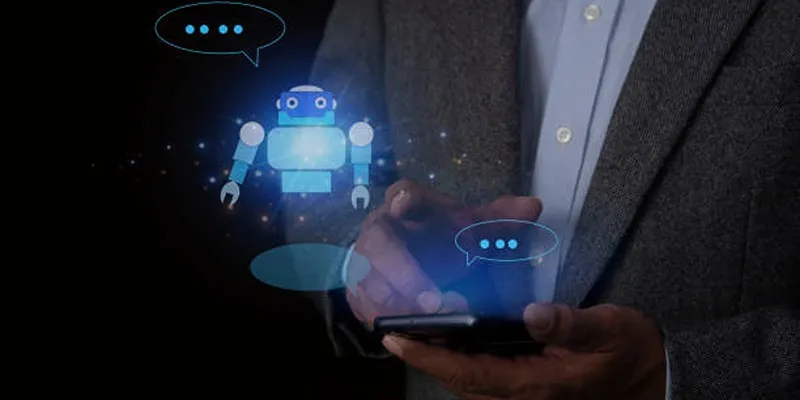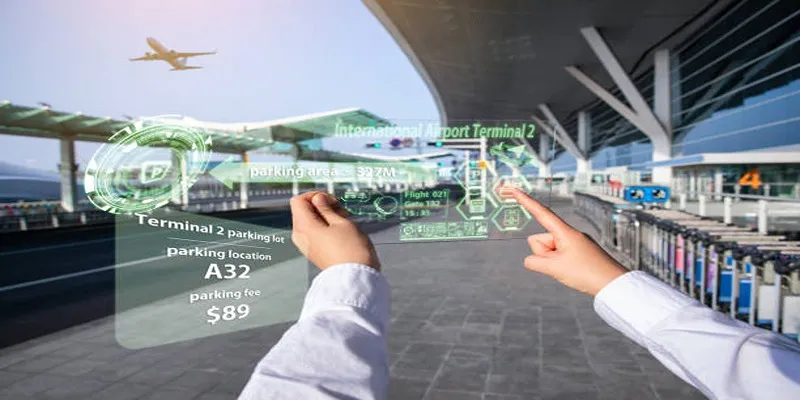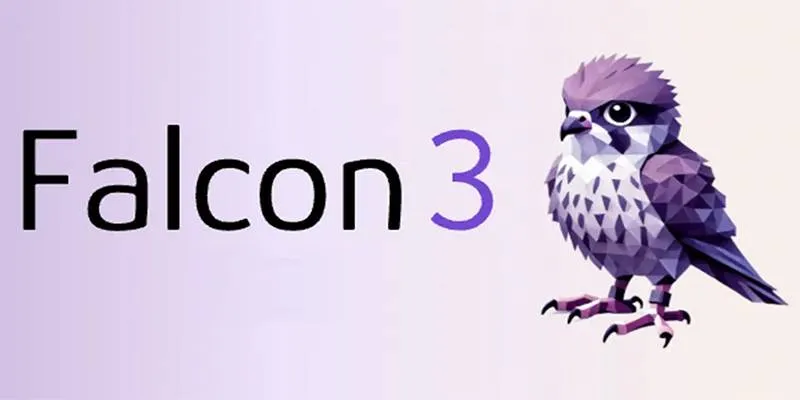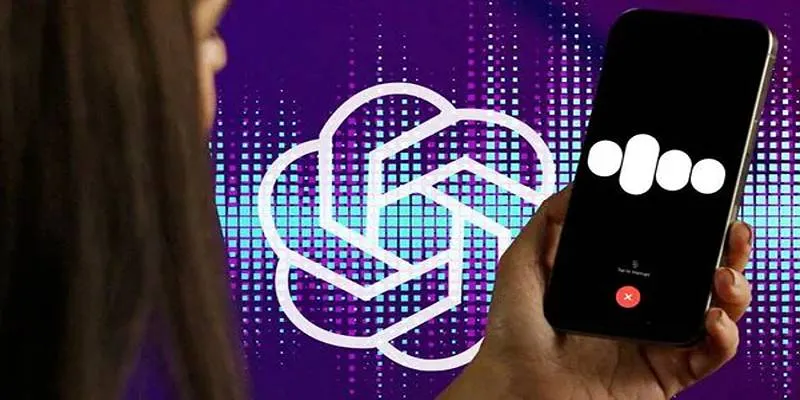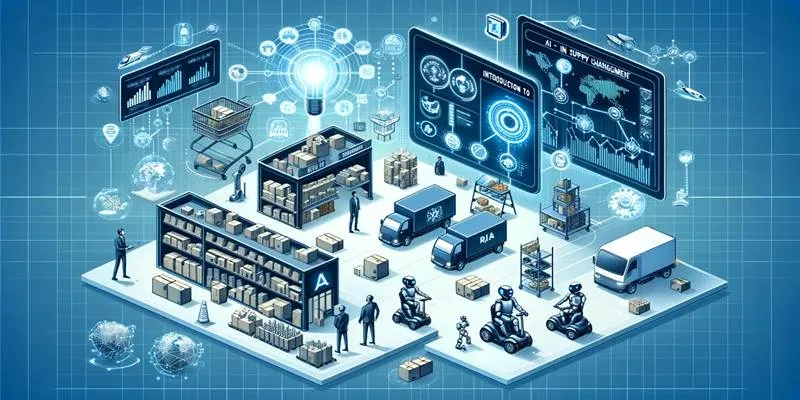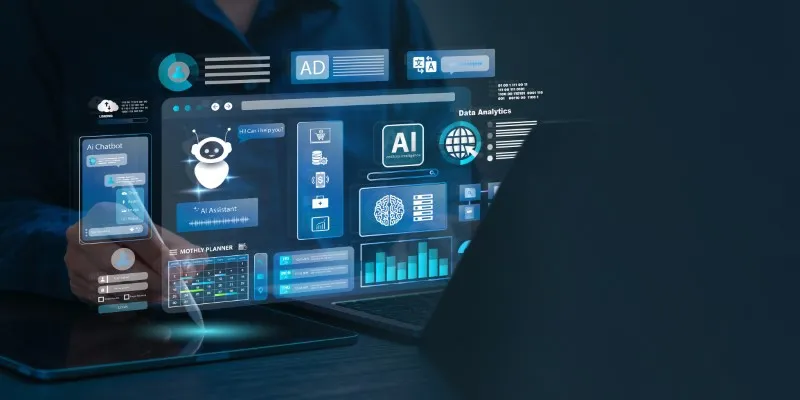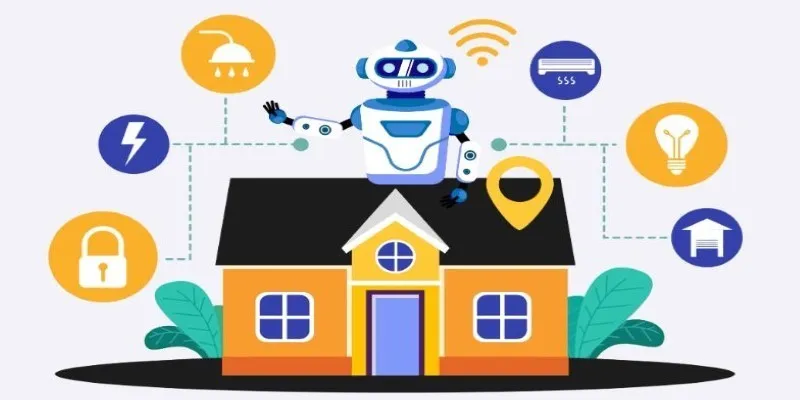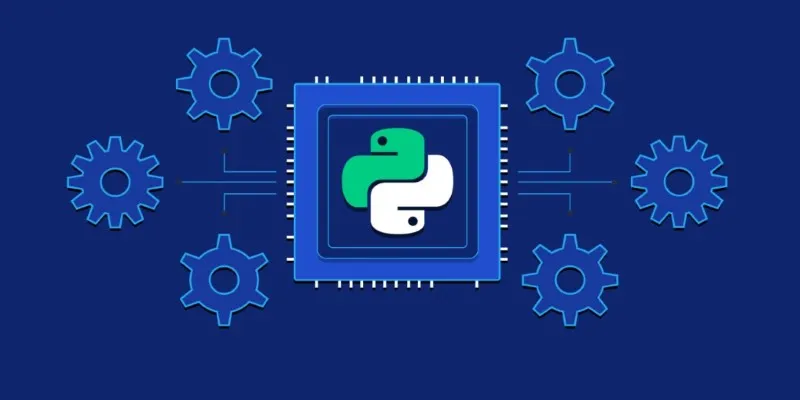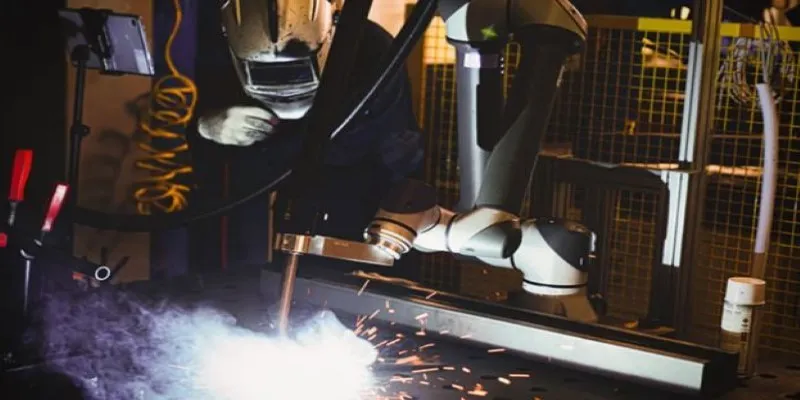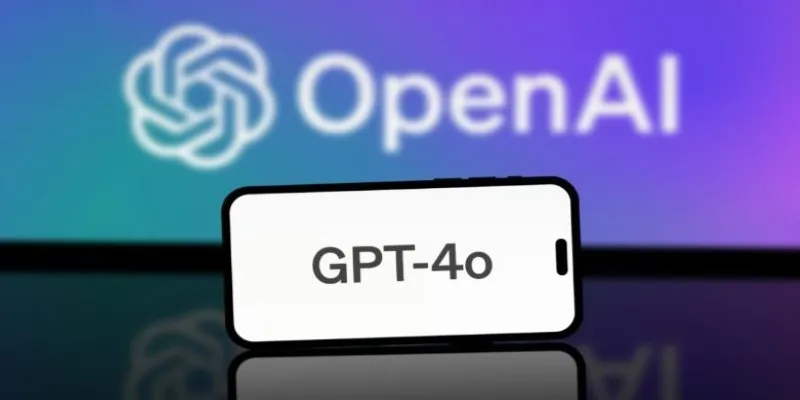This futuristic scenario is becoming reality thanks to advancements in virtual flavor technology. Researchers and tech pioneers are developing devices that simulate taste without traditional ingredients, blending neuroscience, electrohaptics, and digital innovation. From gaming to dietetics, this breakthrough could reshape how we interact with food, entertainment, and even health.
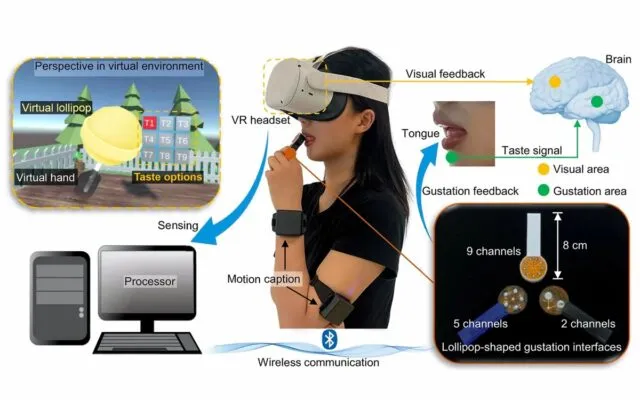
How Virtual Flavor Tech Works: The Science of Taste Without Ingredients
Virtual flavor technology relies on manipulating the five basic tastes—sweet, sour, salty, bitter, and umami—by stimulating taste buds and the nervous system. Devices like the “digital lollipop” use microelectrodes, thermal changes, and ultrasound to trigger taste sensations. By sending controlled electrical impulses to the tongue, these gadgets trick the brain into perceiving flavors that aren’t physically present.
For example, a low-frequency current might mimic sweetness, while a quick temperature shift could create a sour tang. Some systems even integrate AR visuals and scent emitters to enhance the illusion, creating a multisensory experience. This technology builds on decades of research into how the brain processes taste, turning neural signals into the illusion of flavor.
Applications Beyond the Candy Store: Where Virtual Taste Shines
While a digital lollipop might sound like a novelty, its applications extend far beyond confectionery. Here’s how this tech could revolutionize industries:
- Immersive Entertainment: Gamers could taste virtual potions or alien fruits in VR worlds, while AR movies might let viewers “taste” scenes.
- Diet and Health: Low-calorie “flavor boosters” could help dieters enjoy rich-tasting meals without sugar or fat, aiding weight loss or diabetes management.
- Culinary Innovation: Chefs might use virtual flavors to create impossible dishes, like a dessert that shifts from chocolate to citrus mid-bite.
- Remote Dining: Friends could share a virtual meal, tasting the same digital recipe in real time, regardless of location.
Benefits: Sustainability, Accessibility, and Beyond
Virtual flavor tech isn’t just a gimmick—it offers tangible benefits. By reducing reliance on physical ingredients, it could lower food waste and environmental impact. For instance, a single device might replace dozens of flavor additives in packaged foods. It could also make taste experiences accessible to people with dietary restrictions or sensory impairments, offering personalized flavor profiles tailored to individual needs.
Additionally, the tech opens doors for creative expression. Artists and designers could craft “flavor symphonies,” while educators might use taste simulations to teach students about cultural cuisines or food science.
Challenges: The Road to Mainstream Adoption
Despite its promise, virtual flavor tech faces hurdles. Current prototypes are bulky and limited in flavor range, struggling to replicate complex tastes like spice or carbonation. User experience varies, as individual differences in taste sensitivity can affect results. Cost and safety concerns also loom large—how much electrical stimulation is too much for the tongue?
Regulatory approval and consumer trust will be critical. After all, convincing people to “eat” digital code instead of real food is no small feat. Yet, as the tech evolves, these challenges may fade, much like early skepticism around VR headsets.
Real-World Pioneers: Companies Shaping the Future of Taste
Several innovators are already pushing boundaries:
- Nimesha Ranasinghe’s Digital Lollipop: A University of Maine project using electrical impulses to simulate basic tastes.
- Multimodal VR Systems: Startups like TasteTech and FlavorWave are integrating taste with AR/VR for immersive experiences.
- Food Tech Giants: Nestlé and PepsiCo are exploring digital flavor enhancement for healthier products.
The Future of Flavor: What’s Next?
As AI and machine learning advance, virtual flavor systems could become smarter, adapting to users’ preferences in real time. Imagine a smart kitchen that “learns” your taste preferences and adjusts virtual flavors accordingly. Or a wearable device that enhances bland hospital meals with personalized digital seasoning.
Long-term, this tech might merge with neural interfaces, allowing direct brain-to-device communication for ultra-realistic taste. While such innovations are decades away, the groundwork is being laid today.
Conclusion: A World Where Taste Has No Limits
Virtual flavor technology is more than a quirky experiment—it’s a glimpse into a future where taste is unshackled from physical ingredients. By merging neuroscience, engineering, and creativity, this field could redefine dining, entertainment, and even healthcare. As researchers refine the tech, the day may come when our taste buds experience the impossible: a flavor no one has ever tasted before.
 zfn9
zfn9
